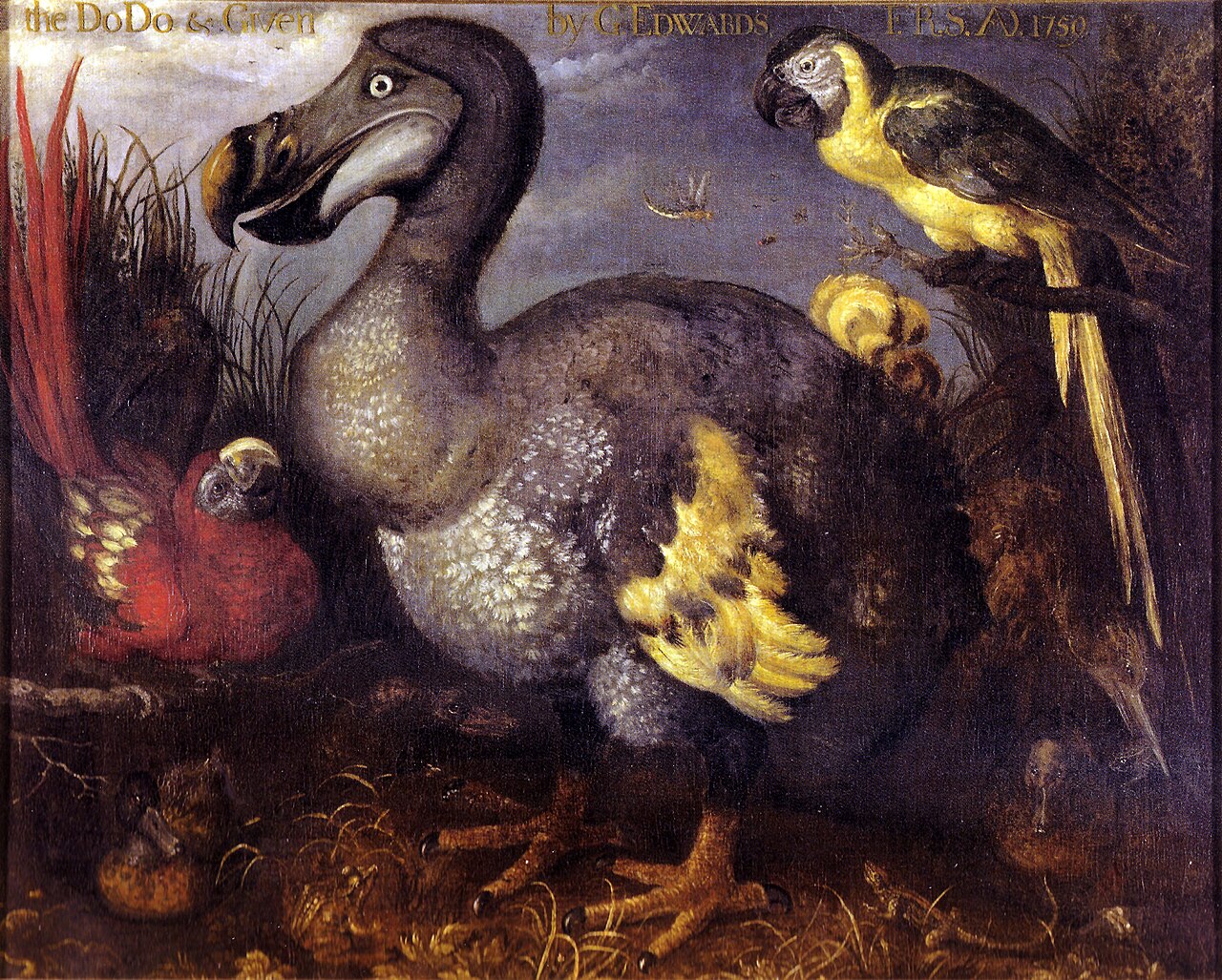Do you love to know interesting facts about extinct animals? The extinction of one species’ natural population can have cascading repercussions, leading to the extinction of other species. These are also known as “extinction chains.” This is especially prevalent when keystone species become extinct. In this article, you will be able to learn more interesting facts about extinct animals like this.
Extinction rates are influenced by a variety of factors, including balancing selection, cryptic genetic diversity, phenotypic plasticity, and resilience, as well as population size. A population with a broad or deep gene pool has a better chance of surviving an adverse shift in the environment in the short run. Effects that induce or reward the loss of genetic diversity can raise the likelihood of a species’ extinction. By drastically restricting the number of reproducing individuals and increasing inbreeding, population bottlenecks can substantially diminish genetic variation.
Pseudoextinction or phyletic extinction occurs when a parent species is extinct but daughter species or subspecies are still alive. The previous taxon is effectively extinguished, converted (anagenesis) into a successor, or divided into many taxa (cladogenesis).
Modern zoological facilities utilize carefully planned breeding strategies to try to maintain a healthy population for species preservation and possibly future release to the wild.

Interesting facts about extinct animals
Let’s find below 25 interesting facts about extinct animals
1. The Ordovician-Silurian is the second-worst mass extinction in recorded history.
2. The Late Devonian Extinction was the second major extinction on the planet.
3. The extinction of the Late Devonian is thought to have been caused by volcanic activity.
4. Another cause of the Late Devonian extinction might have been asteroids.
5. The Dunkleosteus fish was 33 feet long and weighed 3.5 tons when it lived around 280 million years ago.
6. The asteroid, which was 7.5 miles wide, collided with the globe on what is now Mexico’s Yucatán Peninsula.
7. The asteroid’s impact sparked flames within 900 kilometers and triggered a massive wave.
8. Extinction Statistics The Earth is now going through its sixth major extinction.
9. When a species’ DNA becomes genetically homogeneous, they are in grave risk of extinction.
10. Killing a bald eagle is a federal crime punishable by fines of up to $250,000 and up to two years in jail.
11. A small Hawaiian snail was among the recently extinct creatures in 2019.
12. The Permian-Triassic extinction, which occurred 252 million years ago, was the third major extinction event.
13. The Siberian Traps, which wiped out the Permian fauna, also wiped off insects.
14. The Triassic-Jurassic extinction, which occurred 201 million years ago, is the fourth major extinction.
15. Massive volumes of lava were produced during the Triassic extinction.
16. The Cretaceous-Paleogene extinction, which occurred 66 million years ago, is the fifth and most recent catastrophe.
17. The purple frog, which is endemic to India, was first found in 2003, but locals had known about it for years. They dwell 13 inches underground, making tracking them tough. They’re thought to be critically endangered right now.
18. Only 417 pairs of bald eagles survived on the planet in 1963.
19. Species are vanishing at a rate hundreds of times faster than the natural rate now.
20. Over 99 percent of all creatures that have ever lived on the earth have already been extinct.
21. Extinction is a hazard to endangered species if they reach a particular population size.
22. Habitat loss and a lack of genetic diversity are the two primary causes of extinction.
23. Humans may have hastened the extinction of species by a thousandfold.
24. The thylacine, or Tasmanian tiger (Thylacinus cynocephalus), the last known example of which died in Hobart Zoo in Tasmania in 1936; the Japanese wolf (Canis lupus hodophilax), last sighted over 100 years ago; and the American ivory-billed woodpecker (Campephilus principalis), with the last universally recognized example dying in Hobart Zoo in Tasmania in 1936.
25. A 2018 study showed that the sixth mass extinction begun in the Late Pleistocene might take up to 5 to 7 million years to recover 2.5 billion years of distinct animal variety to what it was before the human period.

More Interesting Articles
- Pygmy Slow Loris Facts | Baby | Venom | Habitat
- Slow Loris Facts, Information, and Conservation Status
- Bengal Slow Loris Facts and Information
- Madame Berthe’s Mouse Lemur Facts
- Northern Sportive Lemur Description and Traits
- Interesting Monkey Facts Revealed
- This is why the Gorilla Diet for Human is Healthy
- How Fast Can Gorilla Run (and Can We Outrun It?)
- Shabani Gorilla Facts, Care and Life Story
- Fat-tailed Dwarf Lemur– Profile, Traits, Facts
- Pygmy Mouse Lemur Facts | Habitat | Diet
- Snowflake – the Albino Gorilla Facts and Lifespan
- Cross River Gorilla – Fact | Habitat | Lifespan | Food
- Monkey Interesting Facts based on Research
- Silverback Gorilla Strength that Turns them Furious
- Barbary Macaque is the Beauty of African Sahara
- Albino Gorilla Baby – Infant Snowflake Facts
- What do Mountain Gorillas Eat?
- How many Mountain Gorillas are Left?
- Interesting Facts about Monkeys to Surprise You
